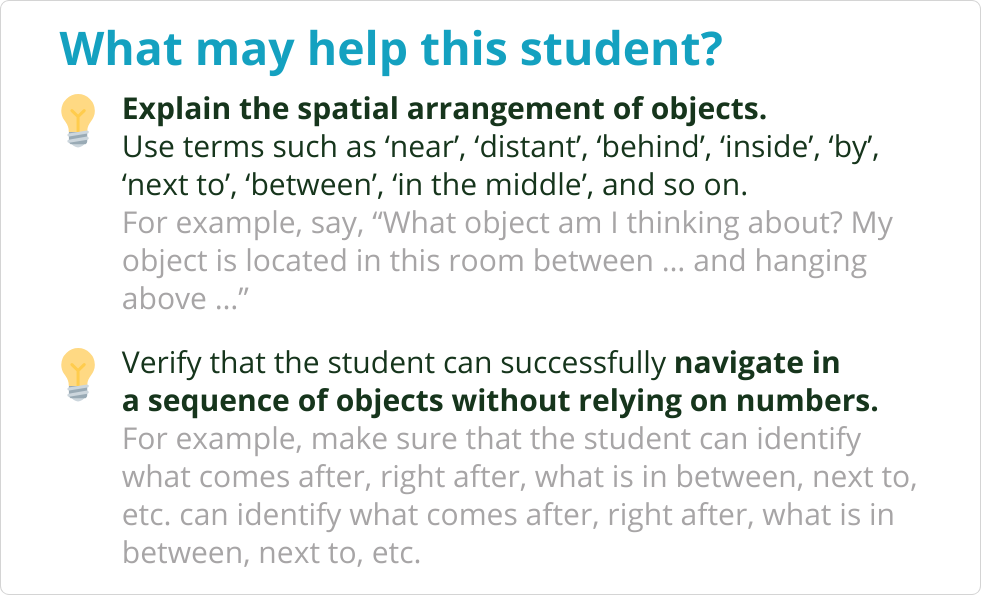🎯Identify & remove barriers to learning math
Just because a student struggles with math doesn't mean they don't have a "brain" for it. If they have trouble learning multiplication and division, the underlying reason may be a lack of understanding of addition and subtraction. No amount of tutoring in multiplication and division will help. It is necessary to go back, sometimes years, and identify and correct the root cause that is preventing the child from learning more complex concepts in the present. Math diagnostics in Levebee reveal hidden causes and provide a tool for independent learning to fill in the gaps.
Start a free trial
🔓 No credit card required.
“It is only with Levebee that I find out what I previously should have done with my children in first grade. Now they are fourth graders, and thanks to diagnostic test, we are discovering which "step" in the curriculum they are stuck on and can't progress further because they are missing so many steps between the first and fourth-grade curriculum.”
- Mirka, 4th grade teacher
1 How does the diagnostic test work?
During the diagnostics, students go through selected exercises in the Levebee that have a telling value for revealing strengths and weaknesses. The diagnostic test is adaptive, adjusting to the student's abilities during the process. As a result, the average duration is only around 20 minutes.
Clear analysis of strengths and hidden gaps in mathematical skills
Part of the diagnostics output is a colourful visual Skills Overview, which makes it easy to see at a glance what the child is good at and what they need help with. Levebee also generates a brief text summary that can be passed on to parents or other teachers working with the student.
Detailed interpretation of results and clear recommendations on how to help the student
Revealing the state of math skills without follow-up intervention will not help the child on its own. Therefore, the Levebee will generate a tailored, practical guide for teachers and parents on how to specifically help a given student achieve success in math. We have taken care to ensure that it is written in easy-to-understand language that does not require specialist training.
Levebee automatically selects tailored exercises for independent work
Effectively helping a student requires a lot of time that teachers and parents often don't have. Levebee therefore selects appropriate exercises based on the diagnostic and automatically adjusts them according to the student's progress. The app includes audio instructions, the possibility to choose a font and adjust its size, and several other features that minimize the need for adult assistance.
Accessible to SEND students and bilingual children
With bilingual instructions in more than 20 languages, Levebee can distinguish language proficiency from math proficiency. The diagnostic has also been tested with children with a wide range of special learning needs, including children with autism, ADHD, developmental dysphasia and more.













